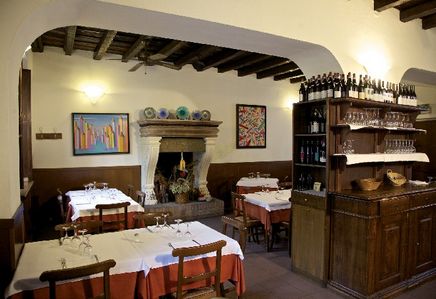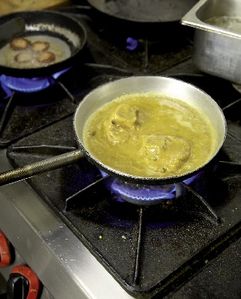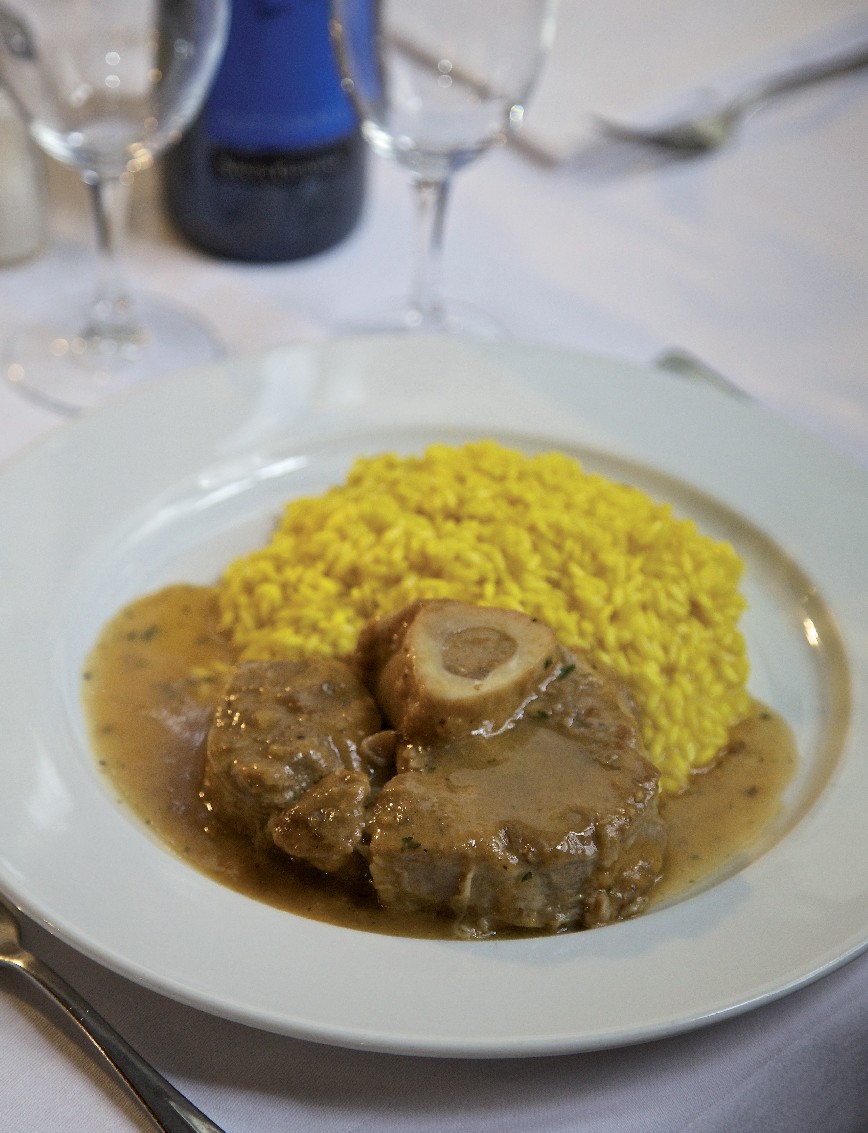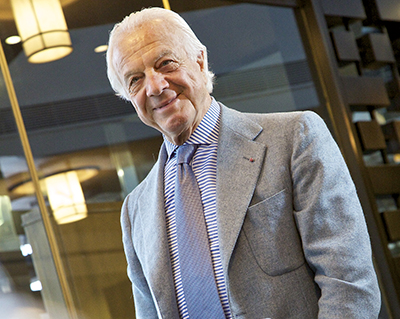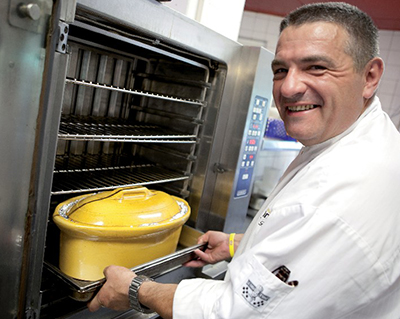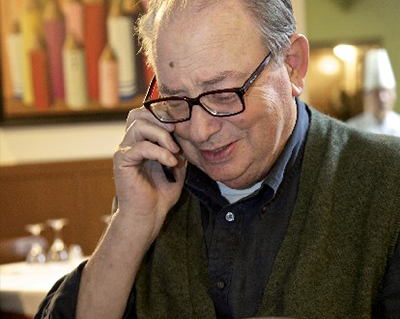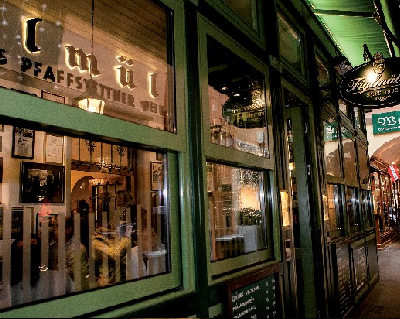Veal in Italy
Beef and milk have a different cultural significance in Italy from that in most other European countries. Firstly, the Italians are not particularly fond of drinking milk, especially not at mealtimes, and secondly, because they have used cattle, particularly oxen, for pulling carts and less so for dairy. You just have to look at the Italian breeds like Piemontese, Chianina, Demonte, Recconigi and Valdorno, and the difference is easy to see. One remarkable reason why an Italian farmer might have kept a modest herd of cattle, was for its manure. The farmers in some regions would keep most of the cattle in the barn, and use the manure for fertilising the land. As a result of these trends, there has never been a large need for milk production for direct consumption, and cheese production became popular only in the course of the eighteenth century. Consequently, the Italian farming industry has always produced a comparatively small number of calves, and therefore relatively little veal. That is not to say they don’t like it; on the contrary. Veal has always been the favourite amongst the rich, viewed as the crème de la crème of meats. This excellent reputation has been upheld over the centuries, continuing into the eighteenth and nineteenth centuries with the introduction of some rather famous veal recipes.
Vitello tonnato (literally: tuna-ed veal) had been a well-known recipe for a long time, but was made even more famous by Pellegrino Artusi in his cookery book published inn 1891. In the cold variety, blanched vegetables and tuna are added to a veal bouillon to create a thin sauce. Thin slices of veal and a few capers are then added and left to float in the sauce.
Saltimbocca (literally: jumping in the mouth) consists of thin slices of veal that are rolled up with sage and ham. This dish is prepared in hundreds of different ways throughout Italy.
Minestra di trippa (soup made with veal tripe and cooked for a minimum of 3 hours) was originally a traditional Genoan dish eaten at New Year festivities, but has become a symbol of celebration in country cooking.
Bollito misto is a pot-au-feu from Piemonte using beef and veal shins.
Involtini is made of minced beef wrapped in a thin layer of veal.
Piccata are thinly sliced veal escalopes doused with lemon juice and Marsala wine.
This brings us to the most famous of Italian specialties, the osso bucco. We have been told to go to Via Edoardo Porro for a closer look at this particular dish, but you are advised to avoid this particular street once dusk falls!
Osso Bucco
8 Via Edoardo Porro is one of the last remaining restaurants in Milan where you will find traditional Italian cooking. The restaurant is called Altra Isola and is owned by Gianni Borelli. Mr Borelli himself is just as traditional and does not speak a word of English, French or even Italian. He speaks Milanese. This will make for an interesting interview, but we know he started working in the kitchens of Milan about seventy years ago and has watched the culinary traditions slowly disappear. This motivated him to starting his own restaurant in 1962, focussing solely on traditional cooking. Using hand gestures and demonstrations, this master chef explains just how much we can do with veal. One example is the Costeleta à Milanesa, similar to the schnitzel. Another, the manzo brasatto, a ragout with Barollo wine, and thirdly, the trippa al forno, tripe stewed with vegetables in a large oven dish. Yet the very reason we have come to see Mr Borelli, is for the osso bucco, and he is very keen to tell us all about it. From the outset, Mr Borelli clarifies a common misconception for us, namely, that anyone considering putting tomatoes, anchovies or even oranges in the osso bucco, should think twice. They do not belong in this traditional recipe, so if you do decide to add them, don’t call it a Milanese osso bucco! Our next question may seem a little silly, but does it matter which kind of veal shank you use? He looks at us in despair. “If you are in Milan and you’re talking about veal, then you are only ever talking about vitello da late, la carne bianca, bianca alla Mila- nese!” In other words, genuine white veal. Chef Hu Shun Feng joins us in the kitchen to demonstrate how to prepare the osso bucco. Although his name is far from Italian, he has spent many years working alongside Borelli and has very little left to learn about Milanese cuisine. To start off the osso bucco, you sear the meat well in olive oil on both sides. Then you add carrots, onions, celery, garlic, bay leaves and dried wild mushrooms. Leave it to sweat in the pan and then add some flour. Deglaze the pan with white wine and then fill with water. Add salt and pepper and cook for two hours. What should you serve with it? “An authentic Milanese risotto with saffron of course!” replies Borelli.

